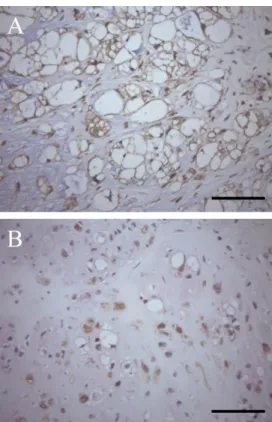Chordoma in the Tail of a FerretEun-Sang Cho, Ju-Young Kim, Si-Yun Ryu, Ju-Young Jung, Bae-Keun Park and Hwa-Young Son*
전체 글
수치

관련 문서
To investigate the levels of mismatch repair proteins, such as MSH2, MSH6, MSH3, MHL1, and PMS2, in young, intermediate and senescent CCD-18Co and IMR90 cells,
Control- and ASTRIN- depleted HeLa cells were untreated or treated with 5 Gy. IR and were then fixed at
Chang Goo Kang, Ah Hyun Park, Jang Ho Ha, Young Soo Kim, Joon-Ho Oh, Jeong Min Park, Soo Mee Kim, Seung-Jae Lee, Seung Hee Lee, and Han Soo Kim(KAERI). Fabrication
11:20 Preliminary Study on Conceptual Design Analysis of PCCS for SMART Hae Seong Lee, Soon Joon Hong, Yeon Joon Choo, and Jeong Hee Ha(FNC Tech.) Chun Tae Park, Young In Kim,
Chang Je Park, Kwoen Ho Kang, Sang Ho Na, Young Hee Kim, Ho Jin Ryu, Geun Il Park, and Kee Chan Song (KAERI). Geun-Suk Choi and
Dong Won Lee, Young Dug Bae, Suk Kwon Kim, Hee Yun Shin, Bong Guen Hong, Hyun Kyu Jung, Yang Il Jung, Jeong Yong Park, Byung Kwon Choi, and Yong Hwan Jeong(KAERI). P07B04
Sang-Keun Woo, Yong Jin Lee, WonHo Lee, Min Hwan Kim, Ji Ae Park, In Ok Ko, Jin Su Kim, Jong Guk Kim, Young Hoon Ji, Joo Hyun Kang, Gi Jeong Cheon, Chang Woon Choi, Sang Moo
P01C16 Estimation of Siphon Break in a Research Reactor using CFD Analysis Hong Beom Park, Kyoungwoo Seo, Seong Hoon Kim, and Dae Young Chi(KAERI).. P01C17 Development of